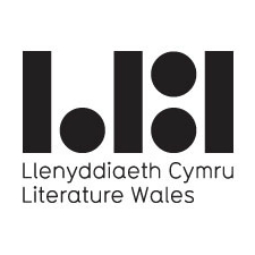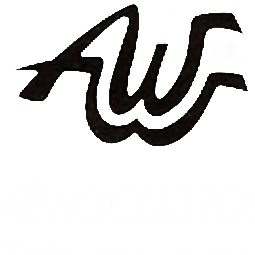(Please note that “context” is not an assessed element of this component of the WJEC GCSE in English Literature.)
Owen Sheers was born in Fiji in 1974, but was brought up near Abergavenny where he lived and attended school before gaining a place to study at the University of Oxford. Sheers is a prolific and highly successful writer and broadcaster and is also Professor of Creativity at Swansea University.
Sheers’ first collection of poetry, The Blue Book, was published in 2000 and included poems which explored the themes of love, childhood, family and rural life. His second poetry collection, Skirrid Hill, was published in 2005. Sheers is also the author of a number of prose works, including the non-fiction narrative, The Dust Diaries (2004), the prize-winning novels Resistance (2007) and I Saw a Man (2015), the novella White Ravens (2009) and the immersive theatre production Mametz (2014). In addition, Sheers has worked on a number of film, radio and theatre scripts and has also worked as a writer in residence for the Welsh Rugby Union.
In interviews Owen Sheers has acknowledged the influence other Welsh writers have had on his work, including R. S. Thomas, whom he credits with having ‘introduced me to the beauty of economy’.
Owen Sheers, ‘How R. S. Thomas Inspired Me’, The Telegraph, 2012, available HERE!






As mentioned above, at a glance this poem may seem very different from many of the other poems in The Blue Book collection. ‘A True Story’ focuses on something very personal and makes no reference to the environment, landscape or rural world which feature quite prominently in many of the other poems in the collection. Yet there are some shared themes which connect this poem to Sheers’ other works. The concept of storytelling recurs on a number of occasions throughout The Blue Book, with several other poems, including ‘Antonia’s Story’ and ‘Not Yet My Mother’, exploring ideas of personal identity through the recounting of an individual’s story. The exploration of language as a barrier creating a divide between the couple in the poem also connects ‘A True Story’ to wider discussions of identity and borders which exist within the collection.
To consider the poem as merely an individual narrative would, however, be reductive. The tattoo described in ‘A True Story’ has a complex meaning, becoming as it does symbolic of an unwanted truth which exists between the couple in the poem. For the speaker, the tattoo appears to symbolise a different time in his partner’s life and its origin may lie in a story from before their relationship began. Consequently, the description of the tattoo as a ‘spider’ is used to indicate something which, like the truth, is sometimes unwanted and which may also be feared. This theme is continued throughout the poem, with the speaker only fully considering the tattoo, and the truth that it represents, when he is forced to do so by his partner turning her back on him.
Moreover, the tattoo has become a barrier between the couple, both in terms of its meaning and because, symbolically and linguistically, it has come to represent something which the speaker cannot understand. In the final lines the speaker feels shut out by the tattoo as it has become an object which lies between him and his partner. The sense of hurt and frustration experienced by the poet here may well be inspired by Sheers’ own fascination with languages which he does not personally speak; a nod to his childhood in Wales, a nation with its own complex linguistic history. The image almost seems to taunt the speaker, with its image appearing, slyly, half-hidden by the addressee’s clothing, but visible enough to remind him that it is still there. Here, the poet seems hurt as he is able to understand the meaning of the tattoo and what it represents, without actually understanding the language in which it is written, emphasising his sense of being an outsider. As a result, the tattoo becomes a symbol of power; the woman uses the tattoo to exert an element of power in the poem, allowing it to remain partially visible when she dresses and turning it towards him following the argument. Whether the woman does these things intentionally or subconsciously is not made clear in the poem and remains another unanswered question. The poem ends with the sense that the woman, and the tattoo on her back, has a personal history which the speaker will never be able to fully understand.